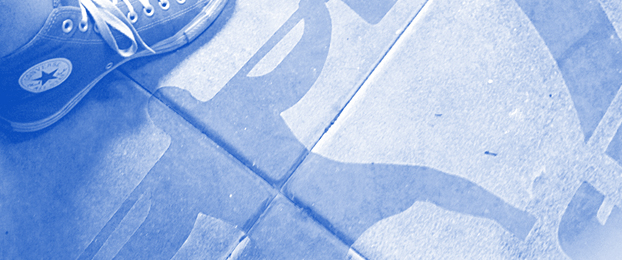
Most of the time, you’ll see the deadlift performed like a cat taking a shit. You know what I mean—the arch and twitch technique? There are a ton of reasons why someone would deadlift this way:
· Their form sucks.
· The weight is too heavy.
· Fatigue has set in.
· They aren’t flexible or mobile enough to set up according to their individual leverages.
· Their core strength sucks.
· They like cats.
It doesn’t matter what the reason is. The goal of any good training program that utilizes ground-based compound movements is to build strength and become more powerful. But this can’t be done at the risk of safety. You have to improve your technique, which will save your back in the long run and get you to your goals.
I had previously filmed a very popular shoulder rehab protocol and wanted to do the same for the deadlift because it’s notorious for bad technique. I’ve also received tons of emails asking me for help with deadlift form, so I wanted to break down the lift into simple, easy-to-apply steps that anyone can follow.
Here are some simple, real world cues for setting up on the deadlift that can help you improve your technique.
- The feet: Your feet should be placed approximately shoulder width apart, but it will be completely individualized. Even recently, just a small change in my own foot placement allowed me to keep more tension off the floor and get better leverage. Make sure your feet are flat and driving downward. If you drop your hips to pull and your ankles roll to the outside or the inside, something isn’t optimal. Change your shoes, change your foot placement, or maybe even improve your ankle mobility.
- The shins: Your shins should start approximately 4–6 inches off the bar so that when you load into the bar, you can translate your shins and knees forward. This will allow your hips to drop into place and keep your lower back arched with appropriate tension. If you are too close to the bar, you’ll never be able to get the right line of pull or optimal leverage.
- The grip: Your hands should be right outside your legs to minimize the hip angle and decrease the distance you have to pull. We always recommend pulling double overhand until your grip gives out. Then switch to a hook grip or even use straps. I usually don’t let my athletes pull with an alternated grip. Other deadlift grip considerations can be found at.
- The air: You must catch your air before the lift. This, along with a powerful isometric contraction of not only the abdominals but all of the muscles that surround the torso (anterior and posterior), will give you the tension to lift the weight with good form and protect the spine. With conventional deadlifts, I like to catch the air with the hips high before the drop so I can get the maximal amount of air in. Once the hips are dropped, you’re compressed (especially if you have a belt on), and you might be limited in your breathing.
- The tension: Like previously stated, massive amounts of tension must be created not only across the quads, hamstrings, and glutes but also the grip and back. Remember, the more tension you can create, the stronger you’ll be and the more protected your spine and back will be. This tension allows your body to act as a single unit or one kinetic chain. One important tip for this cue is never forget the tension in the upper back. This is key to pulling it all together. You will immediately feel stronger if you can create tension across your back by squeezing the bar down and “flexing” the armpits, pulling the lats into the lift.
- The pull: By driving your feet downward into the floor, the weight will begin its upward movement. Don’t allow your hips to rise too fast into a straight legged (stiff legged) position. As the bar hits the knees, a powerful glute contraction will lock you into a straight (line) torso position. This is a common error for most lifters who try and overpull after the bar crosses their knees and they move into hyperextension.
- The return: Don’t lower the weight straight down. Instead, load the hamstrings and glutes with a Romanian deadlift movement back to the knees. Once it reaches the knees, move the bar straight downward back to the floor where you can stroke another rep immediately or come to a complete stop and reset completely before the next rep. The multiple rep technique where you touch the ground and go again should only be done if you’ve caught your air at lockout on the previous rep.
To further demonstrate these important cues, here’s a video I filmed recently:
Elite Fitness Systems strives to be a recognized leader in the strength training industry by providing the highest quality strength training products and services while providing the highest level of customer service in the industry. For the best training equipment, information, and accessories, visit us at www.EliteFTS.com.








